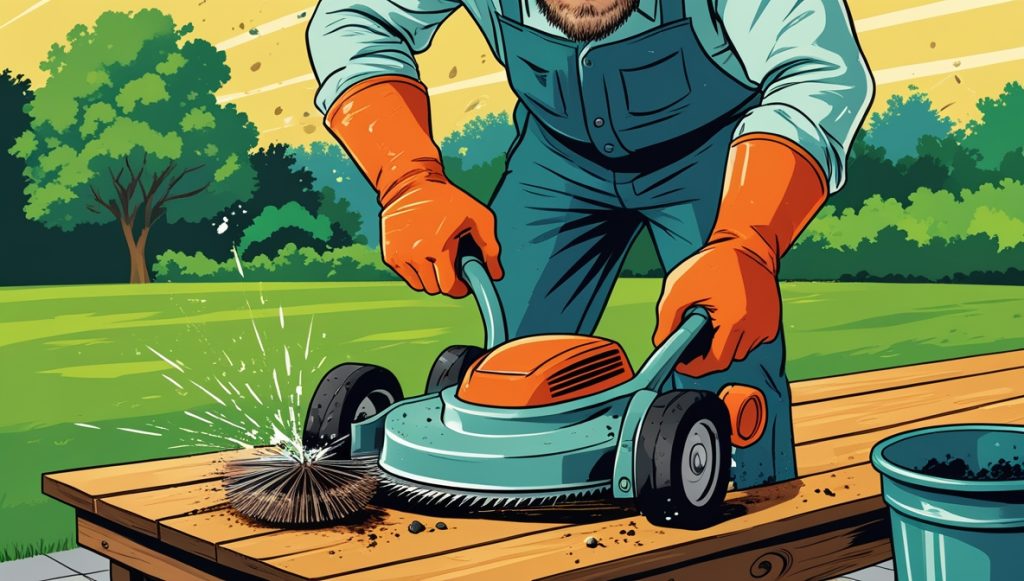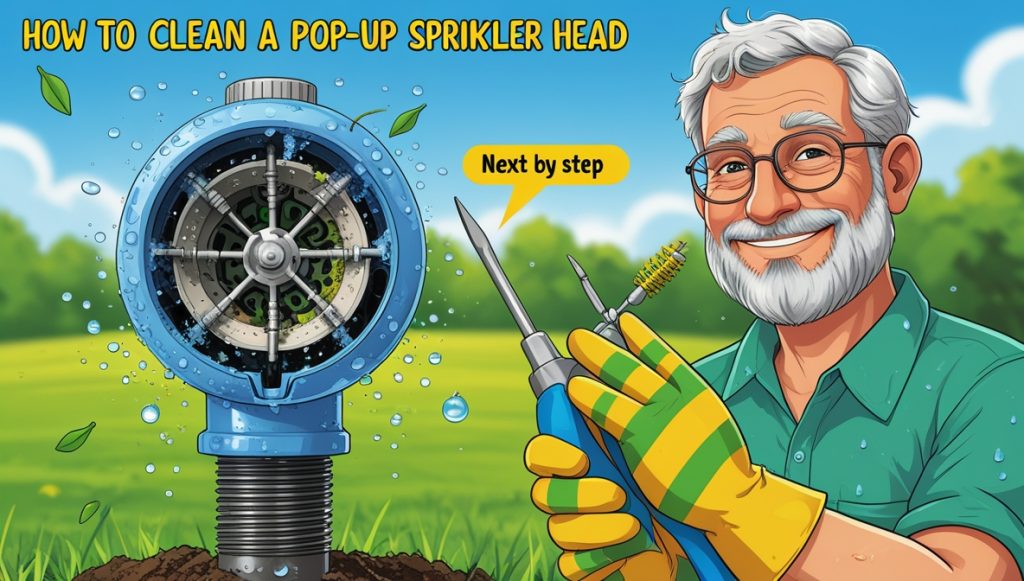Tired of battling weeds in your lawn? Spectracide Weed Stop can be a powerful ally in your fight for a lush, weed-free yard. This guide walks you through everything you need to know to use Spectracide Weed Stop effectively and safely, ensuring you get the best results. Let’s get started!
Contents
- Getting Started with Spectracide Weed Stop
- Understanding Your Lawn’s Needs First
- Mixing Spectracide: The Right Way
- Applying the Weed Killer: Tips & Tricks
- Targeting Specific Weeds Effectively
- Weather Conditions: When to Apply
- Safety First: Protective Gear & Precautions
- Dealing with Overspray & Accidents
- Maintaining Your Weed-Free Lawn
- Spectracide & Other Lawn Treatments
Getting Started with Spectracide Weed Stop
First things first: Read the label! Seriously, this is the most important step. The label contains crucial information about application rates, safety precautions, and target weeds. Different Spectracide Weed Stop products might have slightly different instructions, so always refer to your specific product’s label. Secondly, gather your supplies. You’ll need a measuring cup or jug for mixing, a suitable sprayer (hose-end or pump sprayer), and protective gear (more on that later!).
Next, identify the type of weeds you’re dealing with. Knowing your enemy helps you choose the right approach. Spectracide Weed Stop is effective against many common lawn weeds, but some stubborn varieties might require a different strategy or a follow-up application. Always check the label to ensure the product targets your specific weed problem.
Understanding Your Lawn’s Needs First
Before you even think about spraying, assess your lawn’s health. A stressed lawn is more susceptible to weed invasion. Therefore, consider factors like soil health, mowing height, and watering habits. Is your lawn getting enough nutrients? Is it properly watered? Addressing these issues beforehand can significantly improve the effectiveness of Spectracide Weed Stop and promote overall lawn health.
Moreover, consider the type of grass you have. Some grasses are more sensitive than others to herbicides. Knowing your grass type allows you to adjust your application method or choose a product specifically formulated for your lawn type. If you’re unsure about your grass type, consult a local gardening expert or use an online grass identification tool.
Mixing Spectracide: The Right Way
Precise mixing is key to getting the best results. Carefully measure the amount of Spectracide Weed Stop concentrate as indicated on the product label. Use clean water and follow the instructions for the correct water-to-concentrate ratio. Using too much concentrate can damage your lawn, while using too little will be ineffective.
Furthermore, mix the solution thoroughly. Use a clean container and stir gently but effectively to ensure even distribution of the herbicide. Avoid creating excessive foam. Once mixed, you’re ready to load your sprayer. Remember to always clean your mixing container thoroughly after use.
Applying the Weed Killer: Tips & Tricks
Apply the weed killer on a calm, dry day when rain isn’t expected for at least 24 hours. This allows the product to properly absorb into the weeds without being washed away. Use a steady, even motion to avoid overspraying or missing patches. Overlapping slightly is fine.
In addition, focus on applying the solution to the weeds themselves, rather than just broadcasting it across the entire lawn. This targeted approach minimizes the risk of harming desirable plants. For best results, apply when weeds are actively growing and the temperature is moderate. Avoid applying during extreme heat or cold.
Targeting Specific Weeds Effectively
Different weeds respond differently to herbicides. Some weeds might require multiple applications for complete eradication. Persistent weeds like dandelions often need a follow-up treatment after a few weeks. Always follow the label instructions for reapplication.
Consequently, consider the life cycle of the weeds you’re targeting. Some weeds are annuals (live for one year), while others are perennials (live for multiple years). This knowledge will help you determine the frequency and timing of applications for optimal control. For stubborn weeds, you might need to combine Spectracide with other weed control methods.
Weather Conditions: When to Apply
Avoid applying Spectracide Weed Stop on windy days. Wind can easily carry the spray to unintended areas, causing damage to nearby plants or even harming pets and people. Similarly, avoid applying when rain is imminent. Rain will wash the herbicide away before it can effectively work.
Ideally, apply on a day with calm winds and a forecast that predicts no rain for at least 24 hours after application. Early morning or late evening are often preferred times to apply, as these periods usually offer calmer winds and lower temperatures, minimizing evaporation.
Safety First: Protective Gear & Precautions
Always wear protective gear when handling and applying Spectracide Weed Stop. This includes gloves, eye protection, and long sleeves and pants to protect your skin. Keep children and pets away from the treated area until the product has dried completely.
Equally important is to store the product in its original container, securely out of reach of children and pets. Never mix or apply the herbicide near a water source to prevent contamination. If you experience any skin irritation or accidental ingestion, seek medical attention immediately and have the product label available.
Dealing with Overspray & Accidents
If you accidentally overspray, immediately flush the affected area with water. For more significant overspray on desirable plants, you might need to take additional steps to mitigate the damage, depending on the severity. Consult the product label for further instructions.
Subsequently, if you accidentally ingest or come into contact with the product, immediately seek medical attention and show the product label to medical personnel. Have a plan in place before starting the application, including knowing where to find emergency contact information and first aid supplies.
Maintaining Your Weed-Free Lawn
Regular maintenance is crucial for keeping your lawn weed-free. This includes regular mowing at the correct height for your grass type, proper fertilization, and consistent watering. A healthy lawn is less susceptible to weed invasion.
Furthermore, promptly remove any weeds that appear between applications. Hand-pulling or hoeing small weeds can prevent them from spreading and becoming a larger problem. Regularly inspect your lawn for new weed growth and address it promptly. This proactive approach keeps your weed control efforts effective.
Spectracide & Other Lawn Treatments
Spectracide Weed Stop can be used in conjunction with other lawn treatments, but always check the compatibility of products. Avoid mixing Spectracide with other herbicides or fertilizers unless the labels specifically state it’s safe to do so. Always follow the instructions on each product label.
In conclusion, integrating Spectracide Weed Stop into a comprehensive lawn care plan is key. This might include regular fertilization, aeration, and overseeding, all of which contribute to a healthy, weed-resistant lawn. Remember to always prioritize safety and follow label instructions carefully.
By following these steps, you can effectively use Spectracide Weed Stop to conquer those pesky weeds and achieve the lush, green lawn you’ve always dreamed of. Remember, patience and consistent effort are key to long-term success. Happy gardening!






